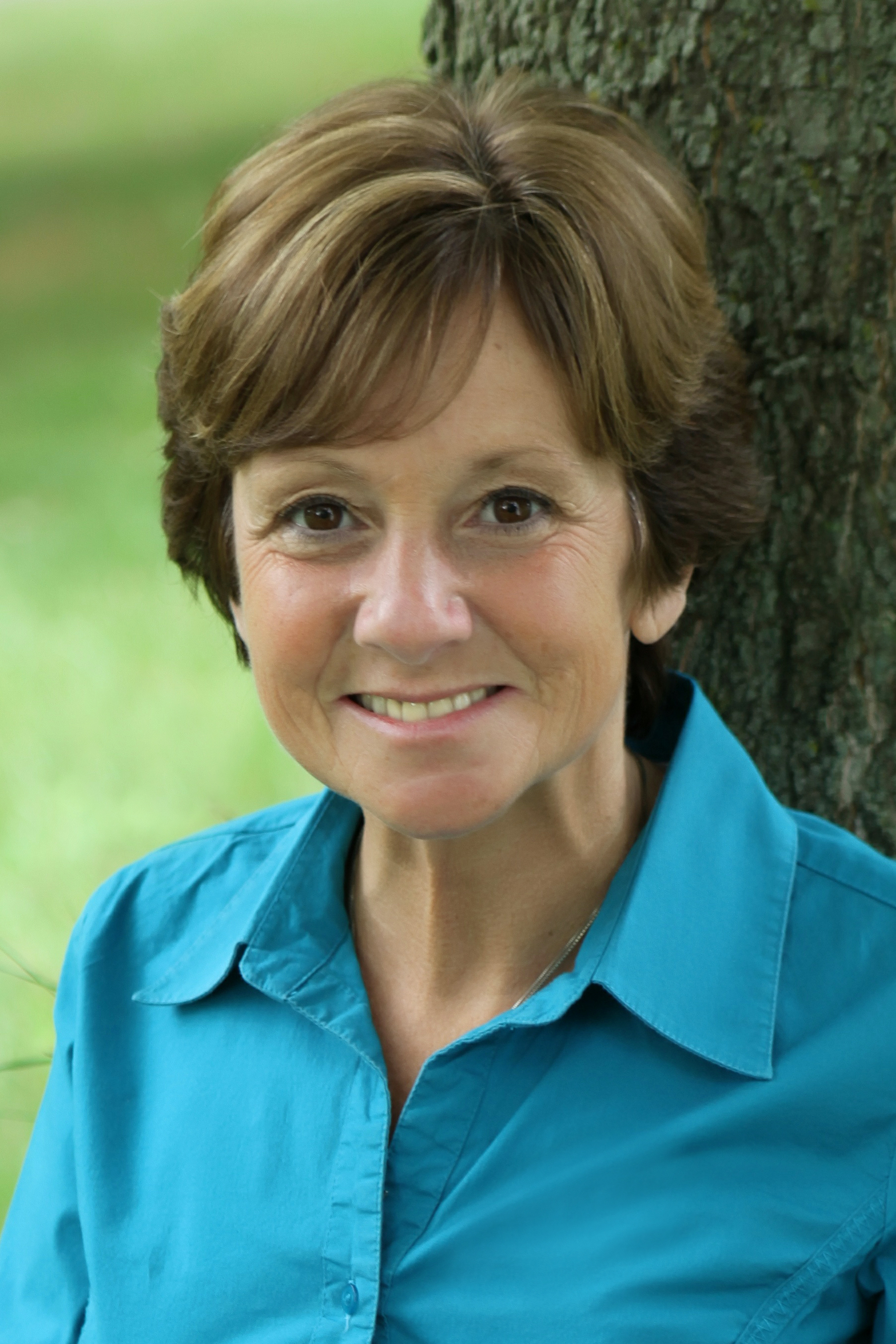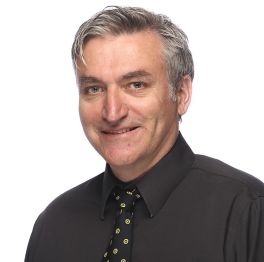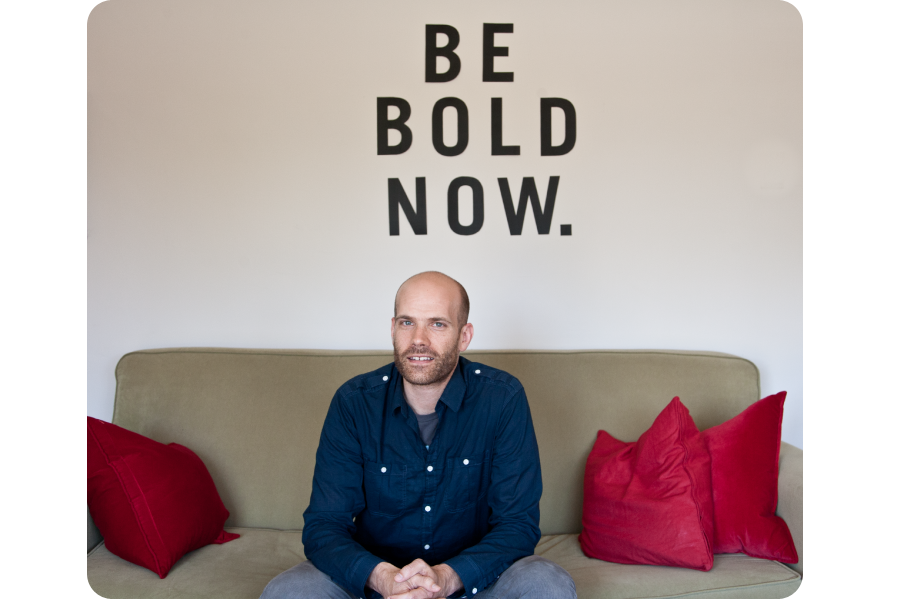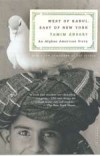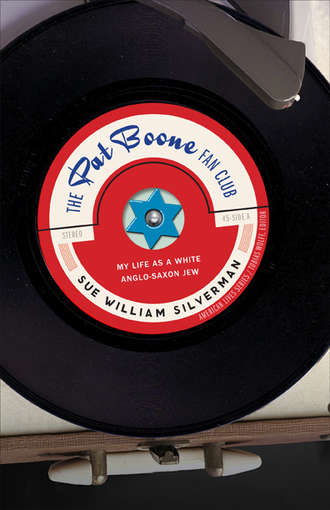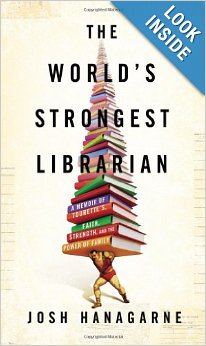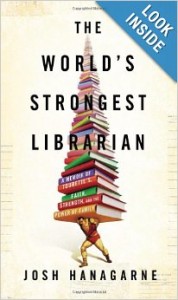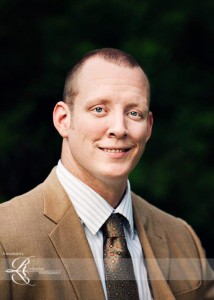 We first met Lisa Schenke at Book Towne on the Jersey shore. In one minute she told us the story of her son Tim’s suicide, which led to a series of copycat suicides in South Jersey. It broke our hearts. Not just because it was so gut wrenching, but because she told it so beautifully, and with such breathtaking honesty. Knowing that there’s an epidemic of suicides among teenagers in America is different than staring into the eyes of a mom who’s beloved son jumped in front of a train. But having a story and writing a book are very different things. Without Tim: a Son’s Fall to Suicide, a Mothers Rise from Grief is out, so we wanted to talk to her about the process of turning her tragedy into a book. And, during National Suicide Prevention Month, about the terrible problem of teenage suicide.
We first met Lisa Schenke at Book Towne on the Jersey shore. In one minute she told us the story of her son Tim’s suicide, which led to a series of copycat suicides in South Jersey. It broke our hearts. Not just because it was so gut wrenching, but because she told it so beautifully, and with such breathtaking honesty. Knowing that there’s an epidemic of suicides among teenagers in America is different than staring into the eyes of a mom who’s beloved son jumped in front of a train. But having a story and writing a book are very different things. Without Tim: a Son’s Fall to Suicide, a Mothers Rise from Grief is out, so we wanted to talk to her about the process of turning her tragedy into a book. And, during National Suicide Prevention Month, about the terrible problem of teenage suicide.
DAVID HENRY STERRY: What made you decide to write this book about such a horrific, and very personal subject?
 LISA SCHENKE: I felt that I had a story to tell, a story that would help others. My initial goal was to help those who are grieving, especially from a suicide. However, the further along I got with organizing my thoughts and the content for the book, the more I realized I had a bigger goal: to help teens and young adults who are struggling with the many issues facing them today. That’s how my book developed into two storylines: my recovery after Tim’s death, and glimpses into Tim’s life as he grew up- both his accomplishments and his troubles. I was also kind of motivated by people always asking me things like “How do you survive? I don’t know how you do it? How do you get up in the morning?”
LISA SCHENKE: I felt that I had a story to tell, a story that would help others. My initial goal was to help those who are grieving, especially from a suicide. However, the further along I got with organizing my thoughts and the content for the book, the more I realized I had a bigger goal: to help teens and young adults who are struggling with the many issues facing them today. That’s how my book developed into two storylines: my recovery after Tim’s death, and glimpses into Tim’s life as he grew up- both his accomplishments and his troubles. I was also kind of motivated by people always asking me things like “How do you survive? I don’t know how you do it? How do you get up in the morning?”
DHS: Was it difficult to go back over these terrible events?
LS: Yes and no. Some days were heart-wrenching; trying to figure out the right way to express something so important to me. I also worried about putting my husband, children and immediate family members “through this” again. But more often than not, the writing helped clarify and solidify the details that I never want to forget. And I often reminded myself that I wanted other young people to understand how much they are loved.
DHS: Did writing this story help you in any way?
LS: Yes, very much. I feel that I voiced what many other parents are unable to share. While trying to convince other parents that they are doing the best they can, I kind of convinced myself that I did my best too. I also feel that it is a tribute to Tim. Also a tribute to my family. I want to make a difference in suicide prevention, I’m proud of my family. So many reasons that I wanted to expressing myself. I don’t claim to have the answers, but feel that telling my story can be comforting to teenagers who relate, parents who have lost a child, and any parents raising teenagers.
DHS: What was the process of publishing like for you?
LS: Very complicated at first! Nothing I had ever been exposed to before. I chose not to send to many publishing houses and not to wait a long period of time before deciding to self-publish instead. I evaluated the pros and cons of self-publishing long and hard before proceeding. I am somewhat of a control freak, and I really LOVED my cover design. After being denied by a few publishers and realizing that I wouldn’t have control over many aspects of the book, including the cover, I chose to self-publish. I got a lot of professional help by connecting to quality people for each area including copy editing, proofreading, book formatting, etc. I am extremely satisfied with the final product and feel I did not cut any corners in producing a high quality book.
DHS: Did you get help from an editor, and if so, how did this work?
LS: Yes! Each editor I worked with gave me the option of accepting/rejecting the suggested changes. Whenever I had questions, they were open to discussing. My mentor, Arielle Eckstut, was my content editor and she helped me tremendously. She clearly explained when/where the material did not flow, helped with length of chapters, pointed out all areas where chapters did not have a clear endpoint, the list goes on and on. However, Without Tim was always MY book. I never felt as though any of the editors were taking over the writing process.
DHS: What advice do you have for writers who want to tell their personal story, both in terms of writing and the publishing process?
LS: I think of myself as a “bottom up” rather than a “top down” person. I started with outlines containing many, many details of memories and little stories of things I wanted to include in my book. After months of doing nothing more than writing lists, outlines, and short paragraphs, I was finally ready to begin. For me, writing was not like you see on TV: someone sitting at a typewriter or computer moving along chapter 1, chapter 2, … Also, I would not suggest using a ghost writer. I tried that for a short time, then ended the contract. I don’t feel anyone can tell your story other than you! Regarding the publishing process: I chose to hire professionals to help me because I have no expertise. Arielle helped me in finding quality help without spending a fortune. I published through Amazon Createspace. Because I was not confident with the book formatting process, I did hire a book formatter even though it’s possible to do it yourself. In the end, I will be happy if I can get “out of the red.” I did not write a book to make profit, but it would be nice if I can earn back my expenses! And then I will choose to donate to my son’s scholarship fund and the American Foundation for Suicide Prevention (AFSP)!
DHS: What would you say to parents who are worried that their teenager may have suicidal ideations?
LS: I think parents should seek help, better to err on the side of caution. Even though most troubled teenagers will not end up going through with suicide, they most likely need some help. And if you or your child doesn’t like or connect with the counselor, keep trying another one. Sometimes the match takes time. I know it is frustrating to have to “start again” with your whole story but it’s worth it if you find someone your teenager trusts. Try to help your teen understand that it’s ok to have fears, insecurities, … and that there is a way to get to a better place. Try to be calm and patient; something I wish I would have been better at.
DHS: Do you have any tips for parents on how to deal with grief after a loss like this?
LS: My book describes much of my journey. For me, the infrequent signs I received from Tim were probably the most motivating and positive aspect. However, they were infrequent and never seemed to come when I asked/begged for them! I was fortunate to be surrounded by so many great people, and kind of forced myself to try to rely on them. I also love fresh air and bike riding and returned to it very quickly. I think the path depends largely on the individual’s personality, and my personality is to “dive in” to whatever project I am faced with, good or bad. My grief counselor constantly reminded me to go with the good feelings whenever I could feel them, even though I often didn’t even want to. Then, when difficult times returned, it would eventually become easier to find my way out of them again.
Lisa Schenke was a longtime systems analyst turned personal fitness trainer, but with her son Tim’s suicide in 2008, she took on another line of work. She became passionate about getting the message out to struggling teens and young adults to celebrate and embrace life, and assisting others through the grieving process after a loss of a child or loved one. Lisa has been involved in the Hold On suicide prevention fundraising efforts for 2NDFLOOR Youth Helpline. She’s been featured everywhere from the Star-Ledger, to MSNBC.com, to the American Association of Suicidology newsletter. Readers can contact her at http://www.withouttim.com
The Book Doctors have helped dozens and dozens of amateur writers become professionally published authors. They edit books and develop manuscripts, help writers come up with a platform, and connect them with agents and publishers. Their book is The Essential Guide to Getting Your Book Published. Arielle Eckstut has been an agent for 20 years, and founded the iconic brand Little Missmatched. Her new book, written with her mom Joann, is The Secret Language of Color: Science, Nature, History, Culture, Beauty and Joy of Red, Orange, Yellow, Green, Blue, and Violet. David Henry Sterry is the author of fifteen book, and his new book is Chicken: Self-Portrait of a Young Man for Rent, 10 Year Anniversary Edition. He can be found at https://davidhenrysterry.com/

